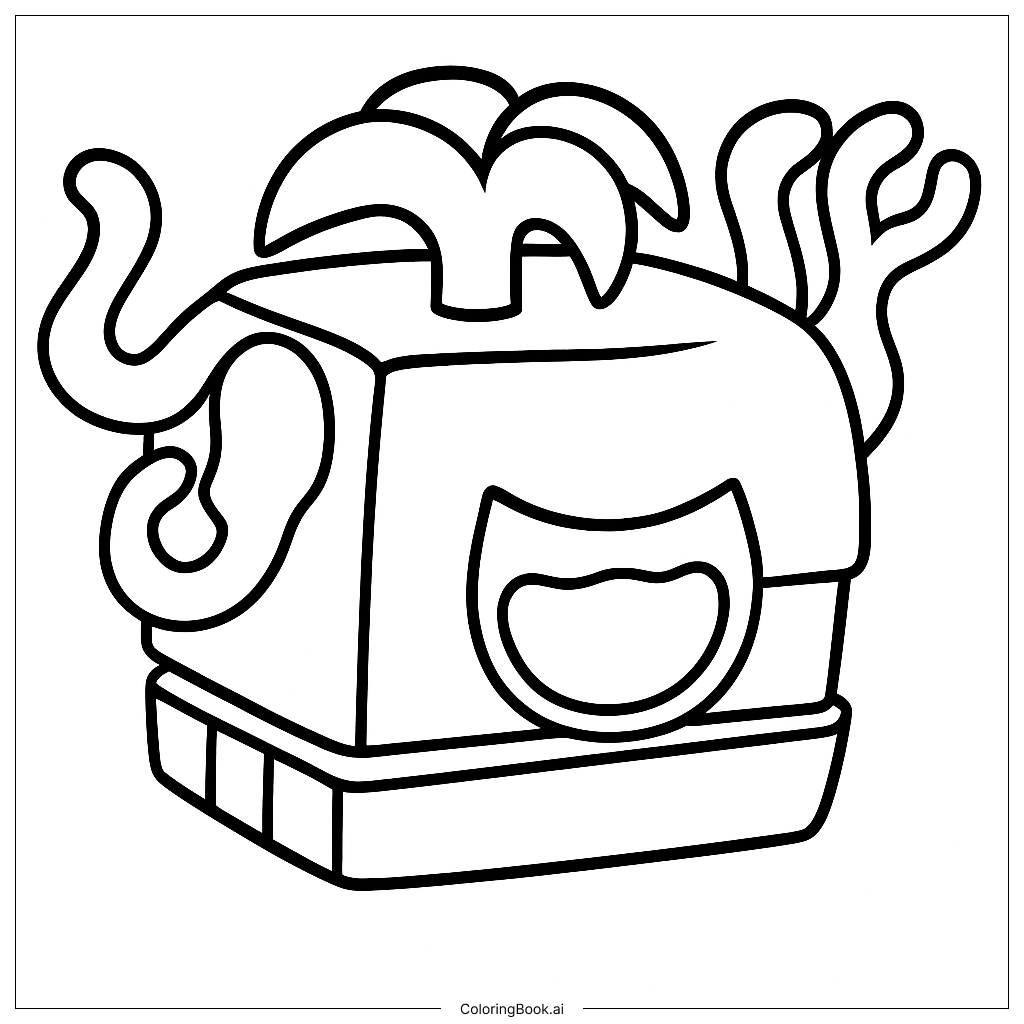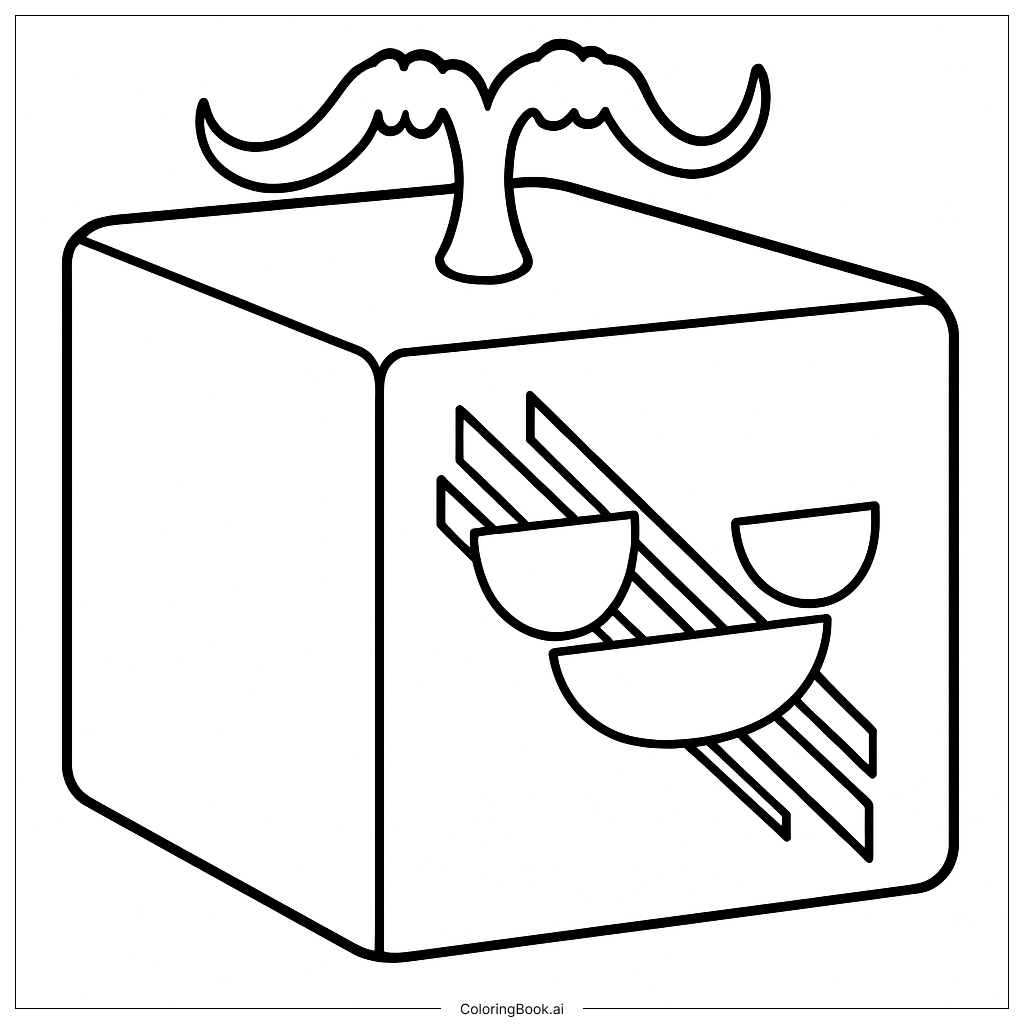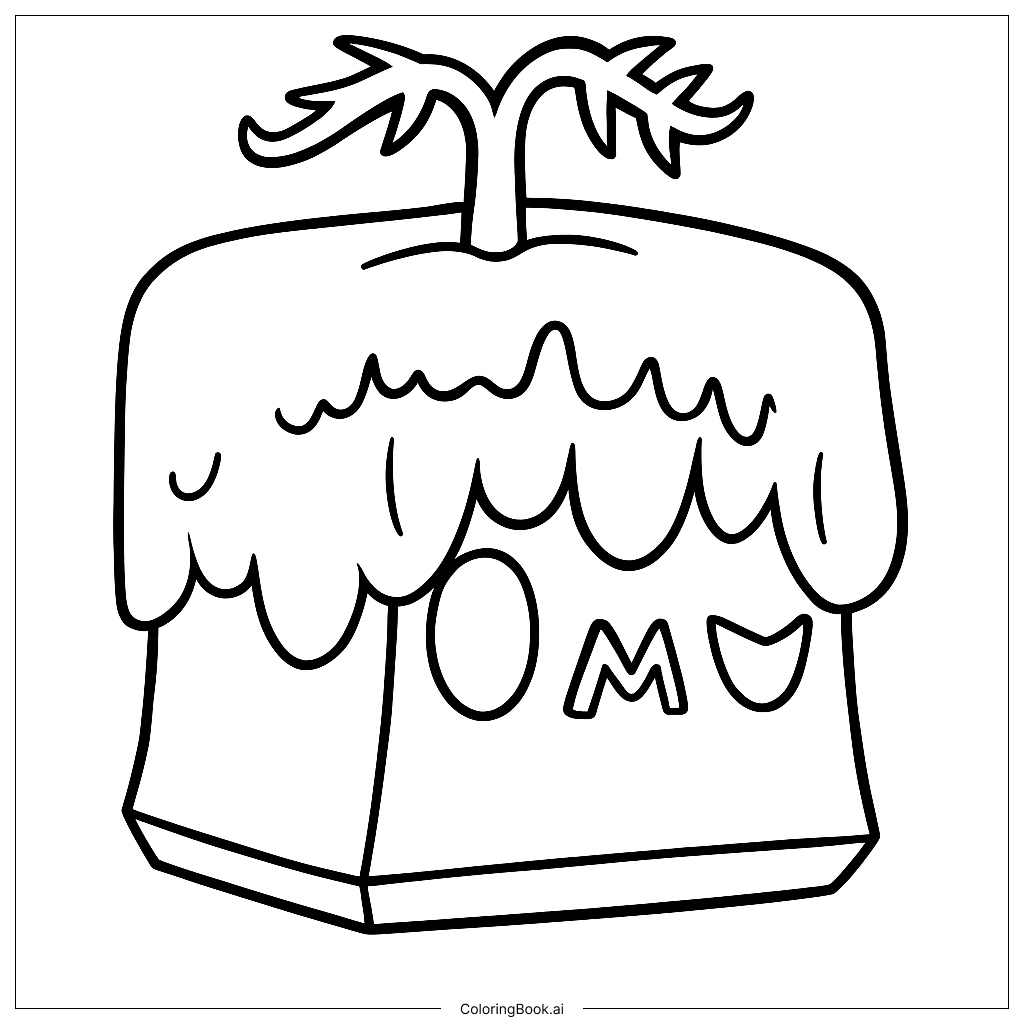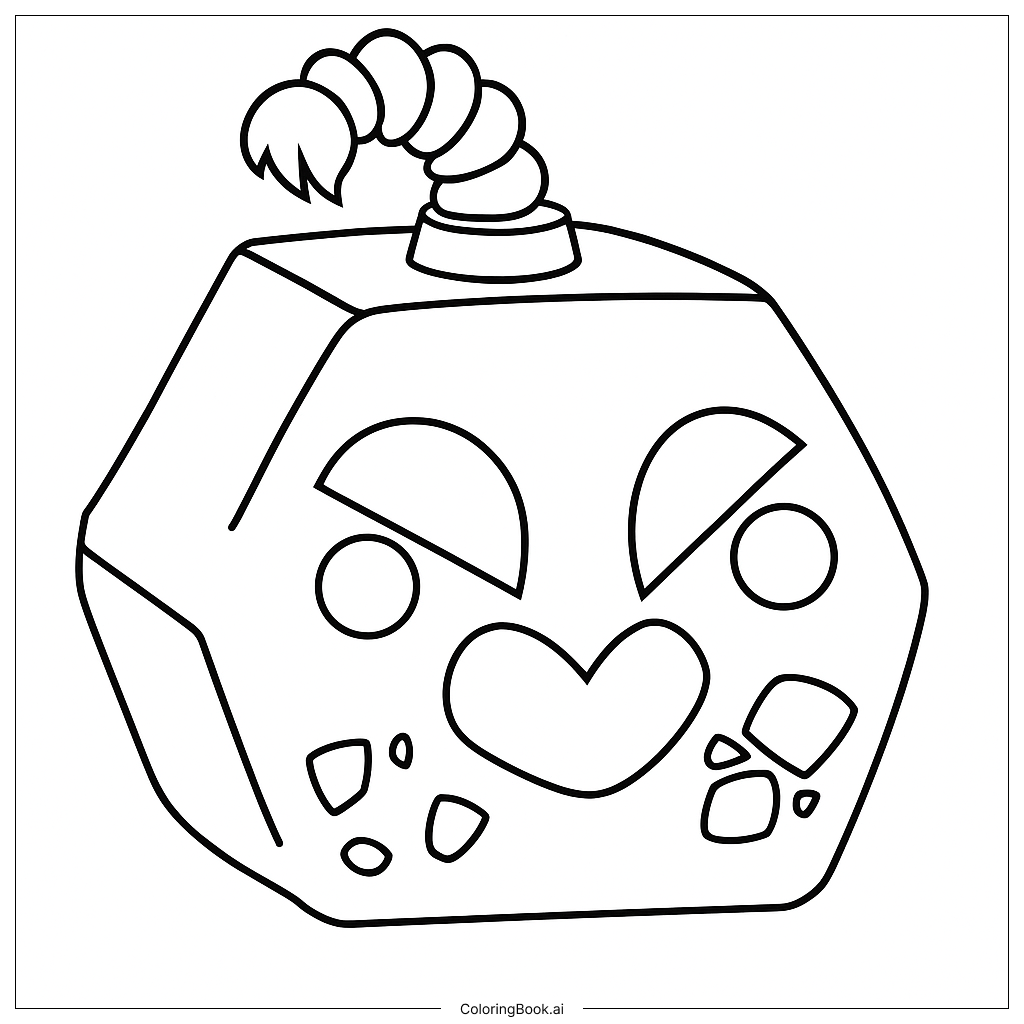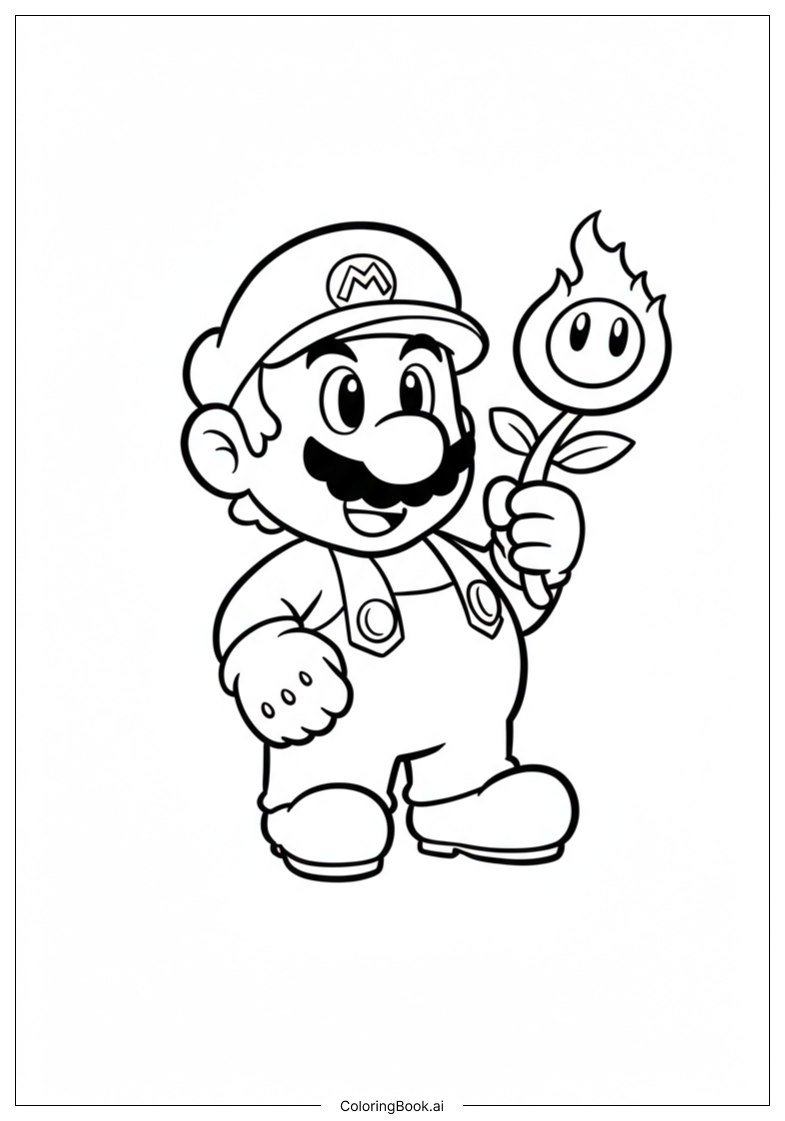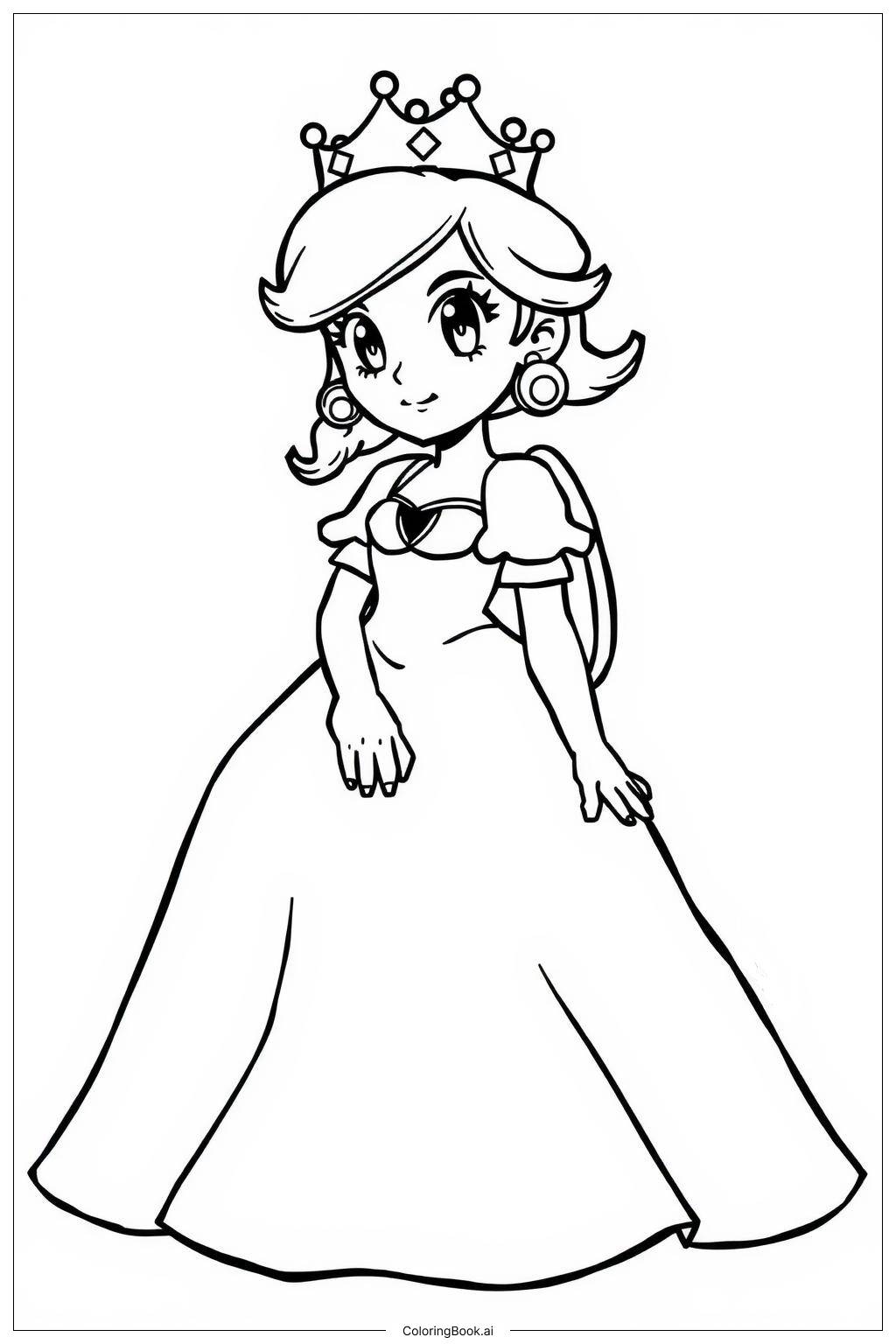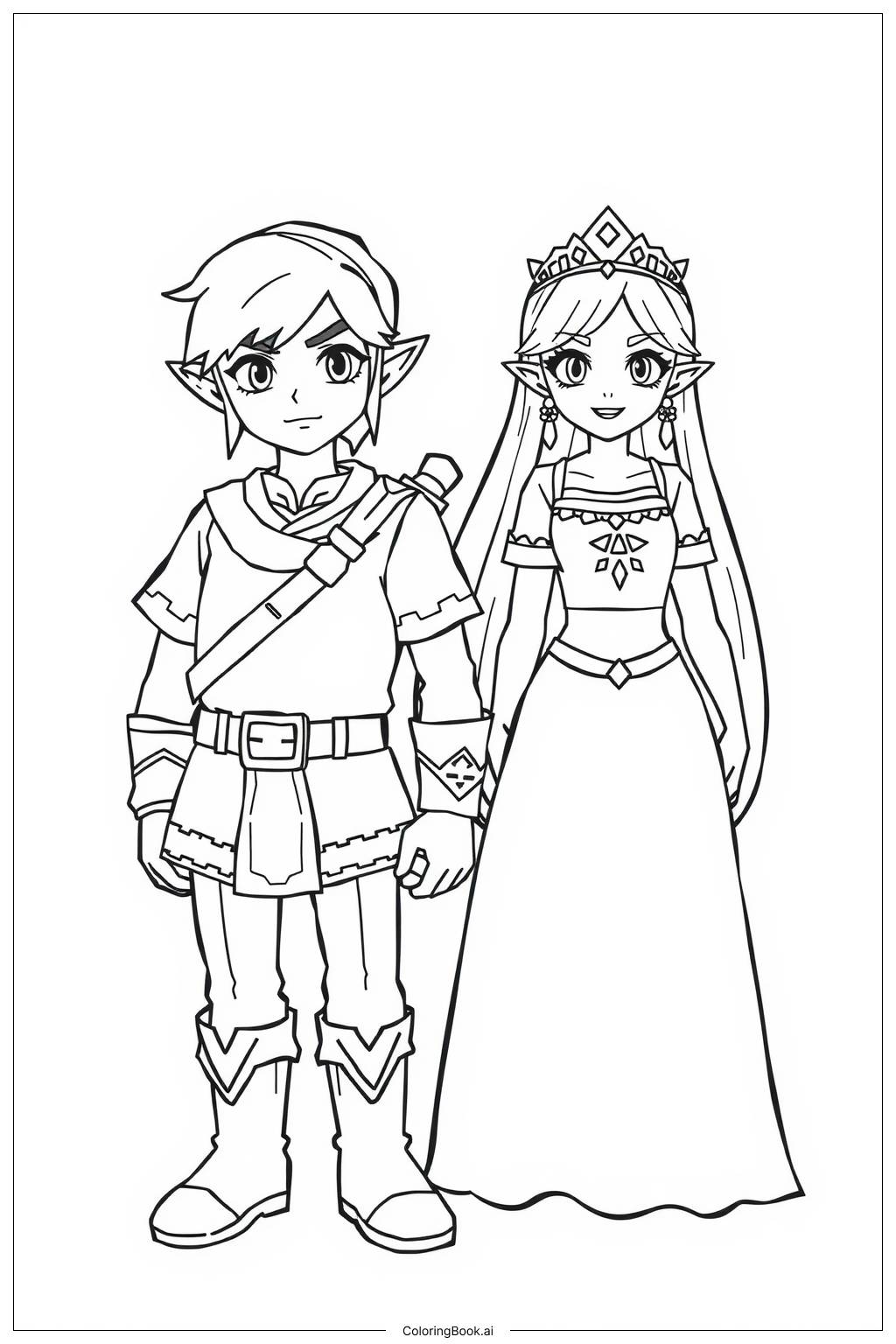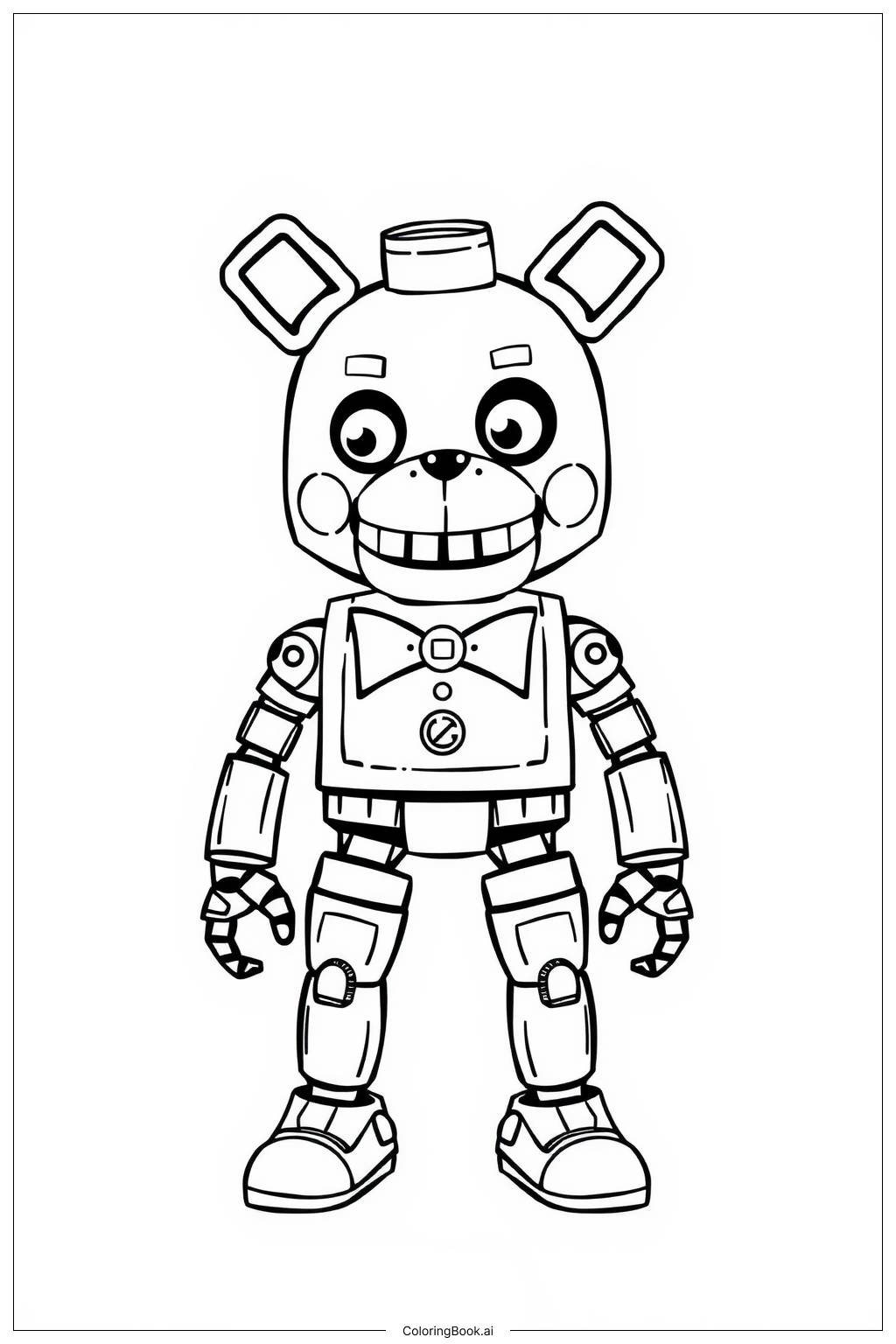Coloring tips: How to color Dark coloring page well?
Use dark colors like black, deep purples, or dark blues for the cube to show the 'dark' theme. The twisting branches can be colored in darker greens or even dark reds to add a magical look. Use lighter colors like light green or yellow for the small plant on top to make it stand out. You can add shadows with darker shades to give the cube a 3D look. Try using different shades on the branches to show their twists and depth. Don’t be afraid to add bright colors around the shield symbol to make it catch the eye.
Coloring challenges: Which parts are difficult to color and need attention for Dark coloring page?
1. The twisting branches have many curves and loops, which can be tricky to color neatly without crossing outside the lines.
2. Creating depth with shadows on the cube’s faces can be hard because the cube shape needs shading on several sides.
3. Choosing the right dark colors that show the theme but don’t make the picture look too flat is a challenge.
4. Coloring the small plant on top in a way that makes it stand out from the dark cube requires careful color contrast.
5. Keeping the lines clear and bold while filling in large areas like the base and cube requires patience and control.
Benefits of coloring books: Advantages of drawing Dark coloring page
Coloring this dark-themed picture helps improve concentration and attention to detail. It encourages creativity in choosing colors to show light and shadow. Kids learn to blend dark and light colors to create depth and contrast. Working on the twisting branches develops fine motor skills and careful hand control. Overall, coloring this page can be a fun way to explore fantasy art and storytelling through colors.
